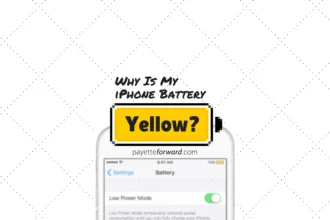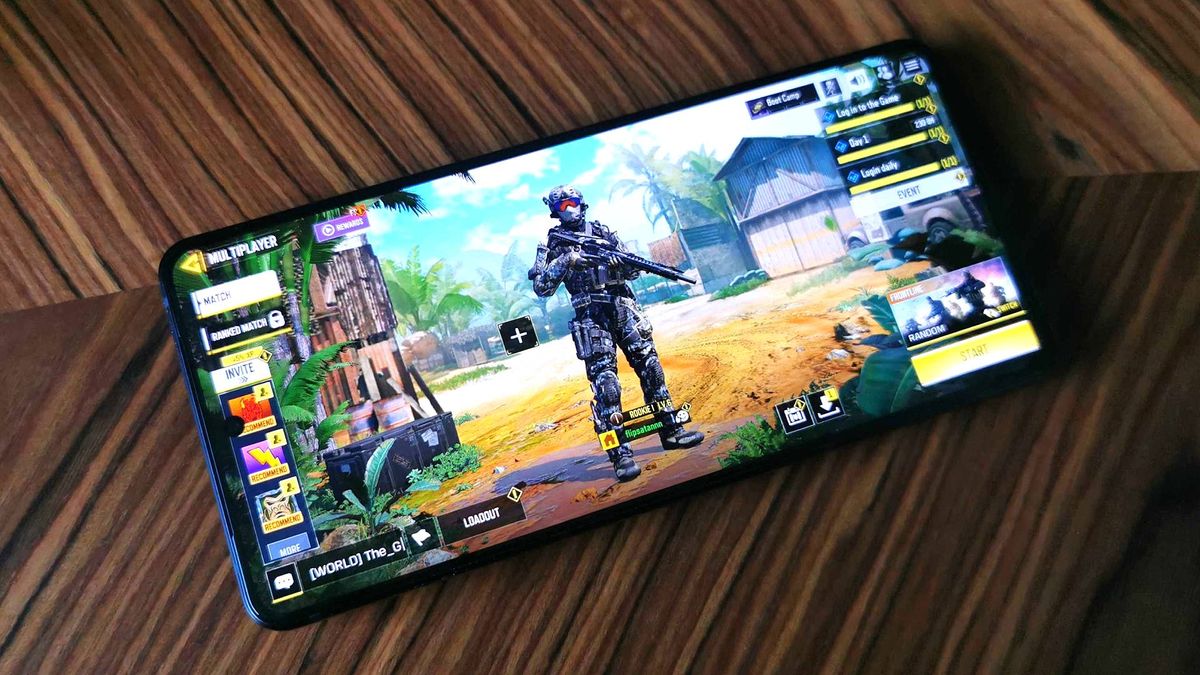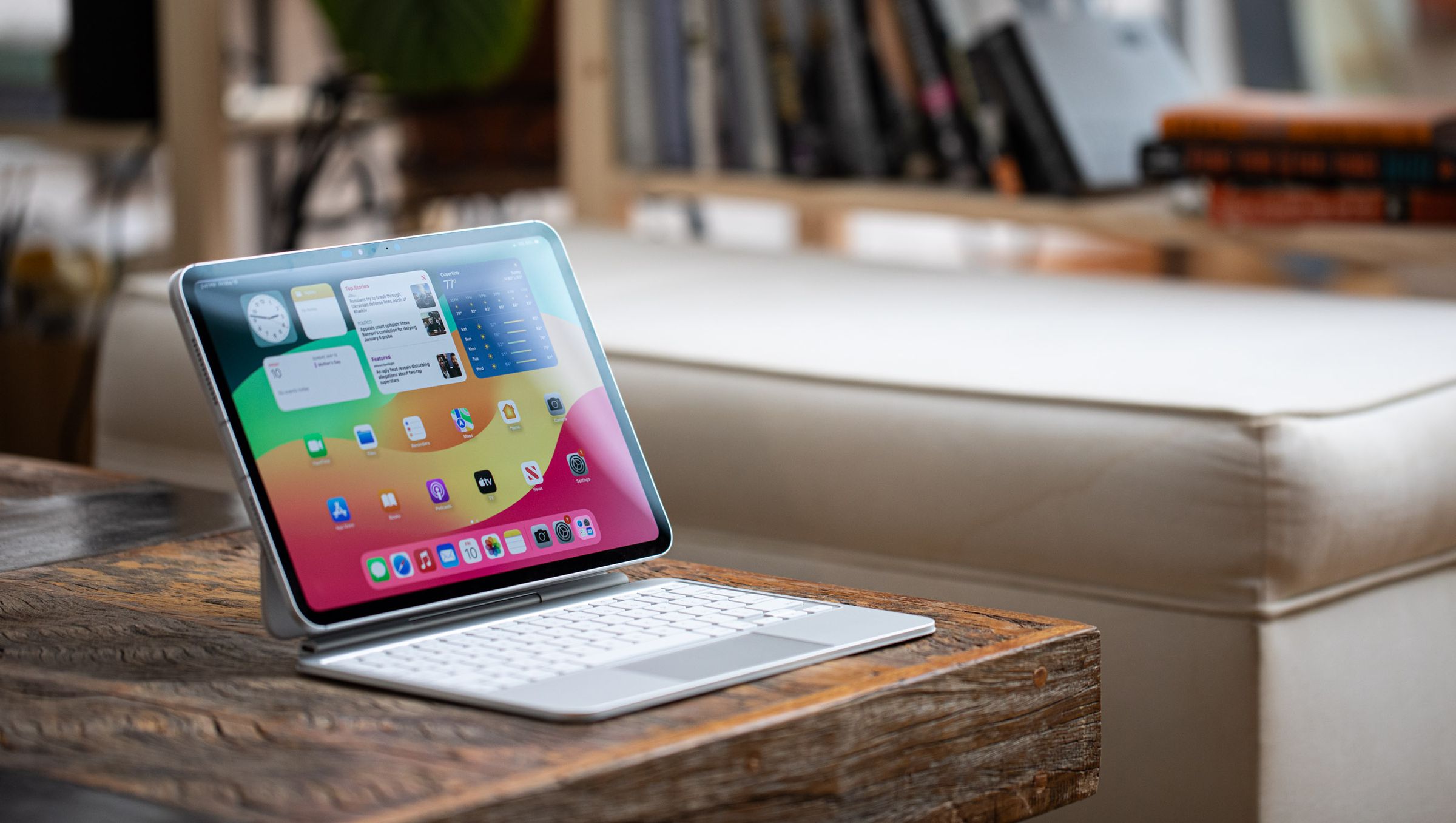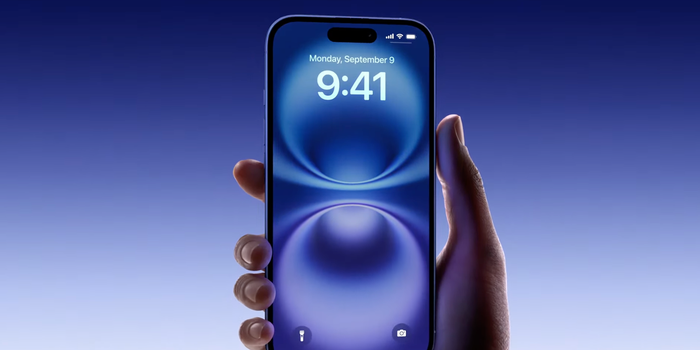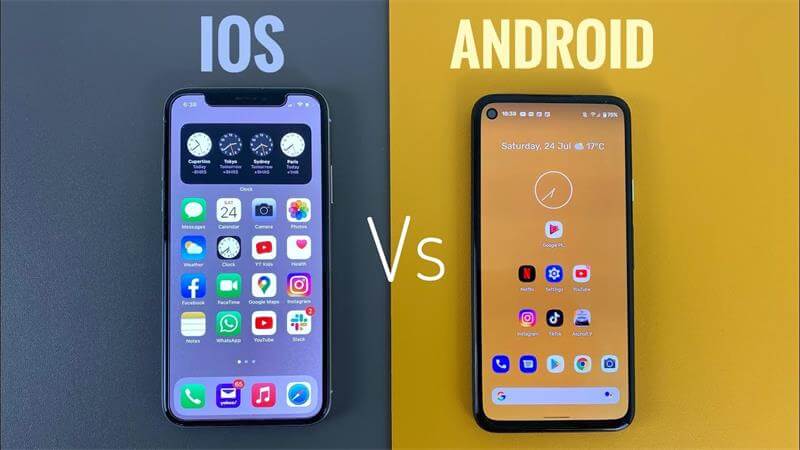
Choosing between an iPhone and an Android smartphone is one of the biggest tech decisions you’ll make. Each platform has its strengths, weaknesses, and unique features that cater to different user preferences. Whether you value customization, ecosystem integration, software updates, or hardware quality, understanding the key differences between iPhone and Android will help you make the right choice.
Operating System and User Experience
iOS: A Seamless and Optimized Experience
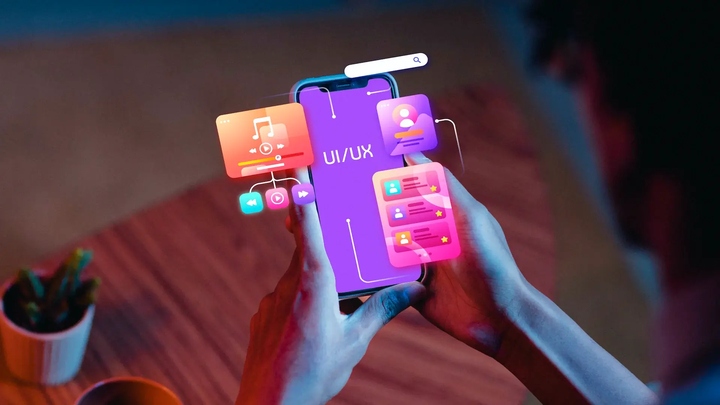
Apple’s iOS is known for its smooth performance, simplicity, and uniformity across all iPhone models. The closed ecosystem ensures that Apple controls both hardware and software, leading to better optimization, faster updates, and enhanced security. iOS is user-friendly, making it ideal for those who prefer a streamlined experience without dealing with too many customization options.
Android: Customization and Flexibility
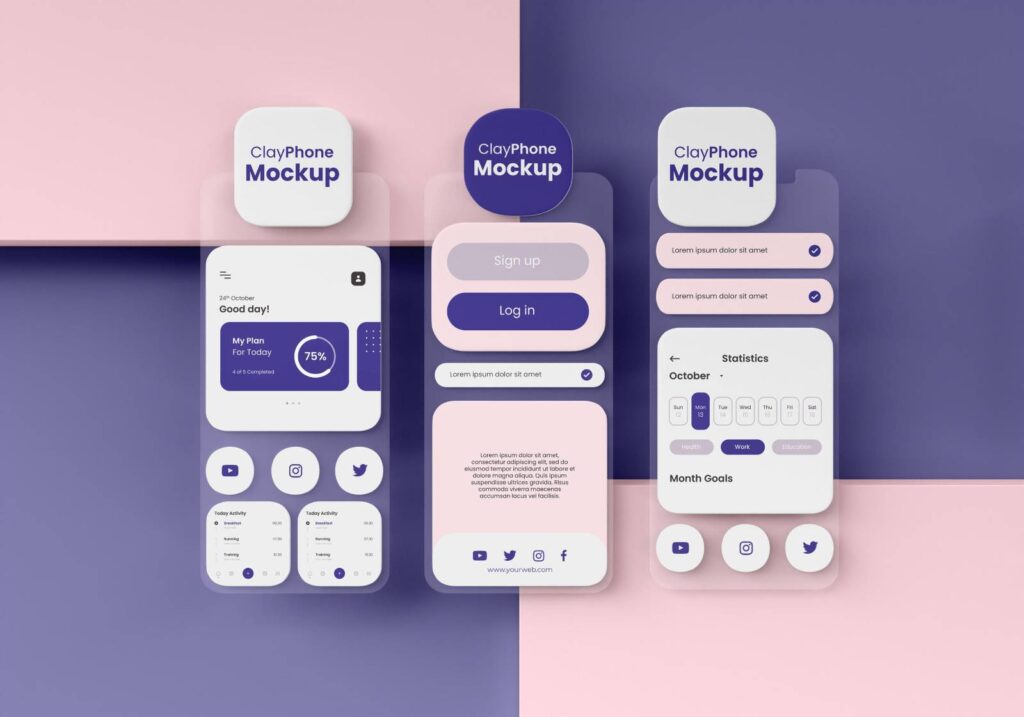
Android, developed by Google, powers a vast range of smartphones from brands like Samsung, Google Pixel, and OnePlus. Unlike iOS, Android offers deep customization options, allowing users to tweak their home screens, install third-party apps, and even change system settings. The variety of Android devices also means you can choose from different price points and hardware configurations, making it more versatile.
Software Updates and Longevity
Apple provides iOS updates for at least five to six years, ensuring that even older iPhones stay secure and functional. In contrast, Android updates depend on manufacturers, with most flagship models receiving updates for around three to four years. Google Pixel devices are an exception, as they receive updates directly from Google for a longer period.
Hardware Quality and Device Options
iPhone: Premium Build and Consistency
Apple designs and manufactures its own hardware, resulting in high-quality, premium devices. The materials, camera systems, and overall durability of iPhones are top-tier. However, Apple follows a limited product lineup, usually releasing only a few models each year with minimal hardware variation.
Android: Variety in Hardware Choices
Android users benefit from a wide selection of devices ranging from budget-friendly models to premium flagship phones. Brands like Samsung, Google, and OnePlus offer unique features, such as foldable designs, high-refresh-rate displays, and innovative camera technologies. While some high-end Android phones match or even surpass iPhones in quality, lower-end models may lack longevity and premium materials.
Performance and Processors
iPhones use Apple’s proprietary A-series chips, which are often more powerful and efficient than most Android processors. Android phones, on the other hand, use Qualcomm’s Snapdragon, Samsung’s Exynos, or MediaTek chips, which vary in performance. While high-end Android devices offer excellent performance, iPhones generally maintain smoother long-term usability.
App Ecosystem and Software Experience
App Store vs. Google Play Store
Apple’s App Store is known for its strict app approval process, which results in better security, fewer malware risks, and high-quality apps. However, this also means fewer experimental or niche apps make it to iOS.
The Google Play Store, in contrast, is more open, allowing developers to release apps more easily. This leads to a wider selection but also increases the risk of low-quality or malicious apps. Android users also have the option to install third-party app stores or sideload apps, giving them more flexibility.
Exclusive Apps and Features
Certain apps and features debut on one platform before the other. iOS users benefit from exclusives like iMessage, FaceTime, and AirDrop, while Android offers more diverse app marketplaces, sideloading capabilities, and deeper integration with Google services like Google Assistant and Google Photos.
Bloatware and Pre-installed Apps
iPhones come with a limited number of pre-installed apps, most of which can be removed. Many Android phones, especially from brands like Samsung, come with extra pre-installed apps (bloatware), which may not always be removable. Stock Android experiences, such as those found on Google Pixel devices, minimize bloatware for a cleaner experience.
Camera Performance and Photography Features
iPhone: Consistent and Reliable Camera Quality
Apple is known for its excellent camera quality, with iPhones consistently delivering top-tier photos and videos. Features like Deep Fusion, Night Mode, and ProRAW enhance photography, while iPhones are preferred by many professionals for video recording thanks to cinematic stabilization and ProRes capabilities.
Android: Variety and Cutting-Edge Innovation
Android phones offer a broad spectrum of camera capabilities, with some flagship models outperforming iPhones in specific areas. Devices like the Google Pixel excel in computational photography, while Samsung’s flagship Galaxy models introduce features like 100x Space Zoom, 8K video recording, and periscope zoom lenses. The variability in camera performance depends on the manufacturer and price range.
Software Processing and AI Enhancements
Apple’s image processing maintains a natural look, while some Android brands, like Samsung, enhance images with more vibrant colors and sharper details. Google’s Pixel series uses AI-driven enhancements for better low-light and HDR performance.
Battery Life and Charging Technology
iPhone: Efficiency Over Fast Charging
Apple’s tight software-hardware integration ensures that iPhones deliver solid battery life, even with smaller battery capacities. However, fast charging speeds on iPhones lag behind many Android competitors. Apple’s proprietary MagSafe charging adds convenience, but its Lightning port (on older models) is less versatile than USB-C.
Android: Faster Charging and Larger Batteries
Many Android smartphones offer larger battery capacities and faster charging speeds, with brands like OnePlus, Xiaomi, and Samsung supporting 65W to 120W fast charging, compared to Apple’s 20W standard. Some Android devices also feature reverse wireless charging, allowing you to charge accessories or other phones wirelessly.
Battery Longevity
While both iPhones and premium Android devices maintain good battery health over time, Apple’s Battery Health feature allows users to monitor battery degradation, whereas Android provides battery management settings with additional customization options.
Security and Privacy Features
iPhone: Privacy-Centric Approach
Apple prioritizes user privacy and security, with features like App Tracking Transparency, on-device Siri processing, and iCloud encryption. iPhones receive regular security updates, and iOS restricts third-party data tracking more aggressively than Android.
Android: Custom Security Features
Android offers robust security options but varies depending on the manufacturer. Google Pixel devices receive fast security updates, but other Android brands may take longer. Features like Secure Folder, Private Compute Core, and biometric authentication enhance security, though the open nature of Android presents more risks than Apple’s walled ecosystem.
Biometric Authentication
Both platforms offer Face ID and fingerprint recognition, but Android provides more choices, including under-display fingerprint scanners, iris scanning, and facial recognition. iPhones exclusively use Face ID, which is highly secure but less versatile than a fingerprint scanner in certain situations.
Ecosystem and Device Integration
iPhone: The Apple Ecosystem Advantage
Apple’s ecosystem is unmatched when it comes to seamless device integration. Handoff, AirDrop, Continuity, and iCloud syncing allow effortless transitions between iPhones, MacBooks, iPads, and Apple Watches. If you already use Apple devices, sticking with an iPhone maximizes convenience.
Android: Google and Cross-Platform Flexibility
Android provides more flexibility by integrating well with Windows, Google services, and third-party hardware. Features like Nearby Share and cross-device syncing have improved but still lag behind Apple’s seamless ecosystem. However, Android offers greater compatibility with a wide range of devices and accessories.
Pricing and Value for Money
iPhone: Premium Pricing with Strong Resale Value
Apple’s iPhones are premium-priced, but they retain their value better than most Android phones. Long-term software support and high demand for used iPhones make them a solid investment.
Android: Options for Every Budget
Android offers choices from budget models to ultra-premium devices. While flagship Android phones can be as expensive as iPhones, there are also affordable options that deliver great performance without breaking the bank. However, lower-end Android phones often receive fewer updates and degrade faster.
Final Verdict: Which One is Right for You?
- Choose an iPhone if you want a seamless experience, longevity, privacy-focused software, and tight Apple ecosystem integration.
- Go for Android if you prefer customization, hardware variety, fast charging, and more budget-friendly choices.
Both platforms have their strengths, and the best choice depends on your priorities. Whether you prefer iOS simplicity or Android’s flexibility, picking the right phone ensures you get the best user experience for your needs.

